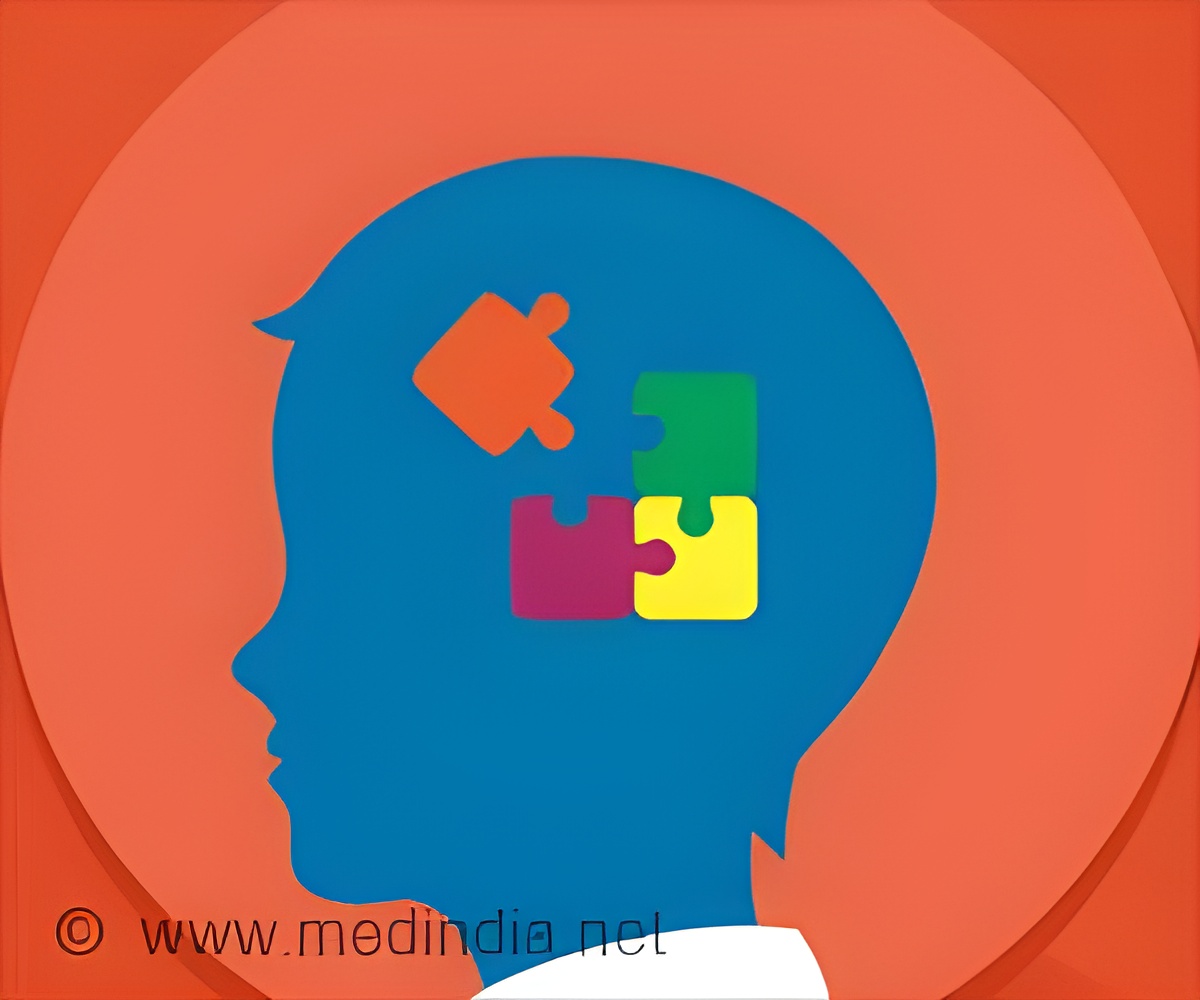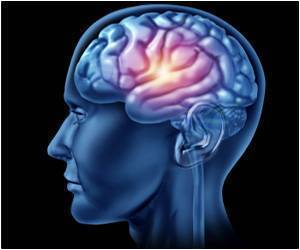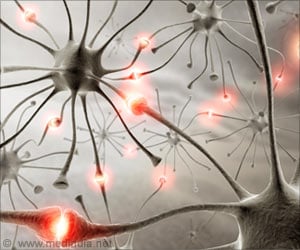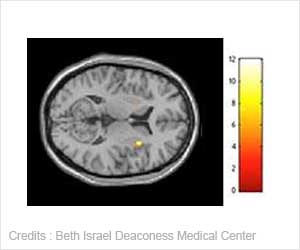Microstructure of the brain’s white matter in adolescents and young adults with autism spectrum disorder (ASD) revealed significant changes as compared to a control group, according to a new study.

‘Microstructure of the brain’s white matter in adolescents and young adults with autism spectrum disorder (ASD) revealed significant changes as compared to a control group.’





The team used diffusion tensor imaging (DTI) brain scans from a large dataset of patients between the age of 6 months and 50 years to further examine the connectivity in the brain. Autism and Brain Changes
The clinical and DTI data were analyzed from 583 patients from four existing studies of distinct patient populations were analyzed with wide-ranging age groups of children.
It was found that the changes were most noticeable in the corpus callosum – a thick bundle of nerve fibers that facilitates communication between the two brain hemispheres (adults more than toddlers and infants).
“We need to find more objective biomarkers for the disorder that can be applied in clinical practice,” says Weber.
Advertisement
Source-Medindia











